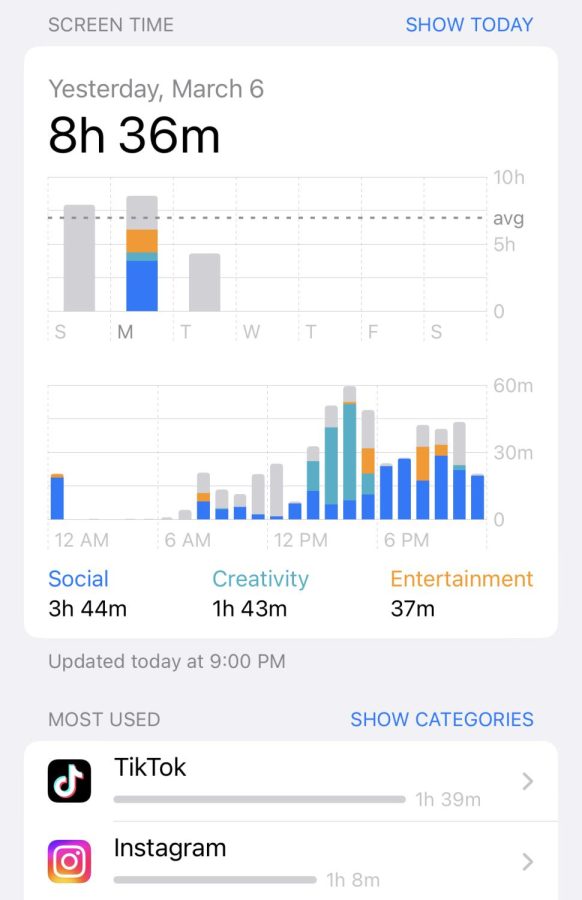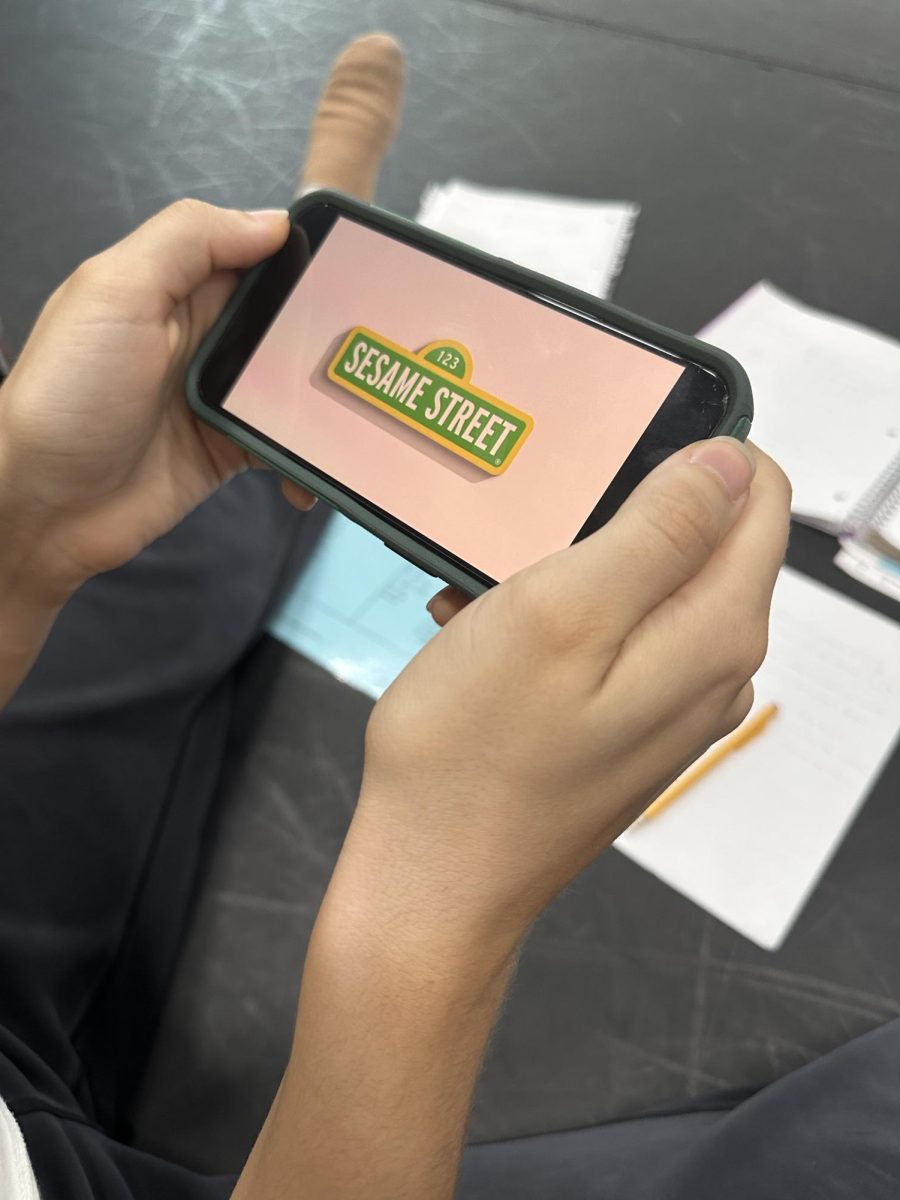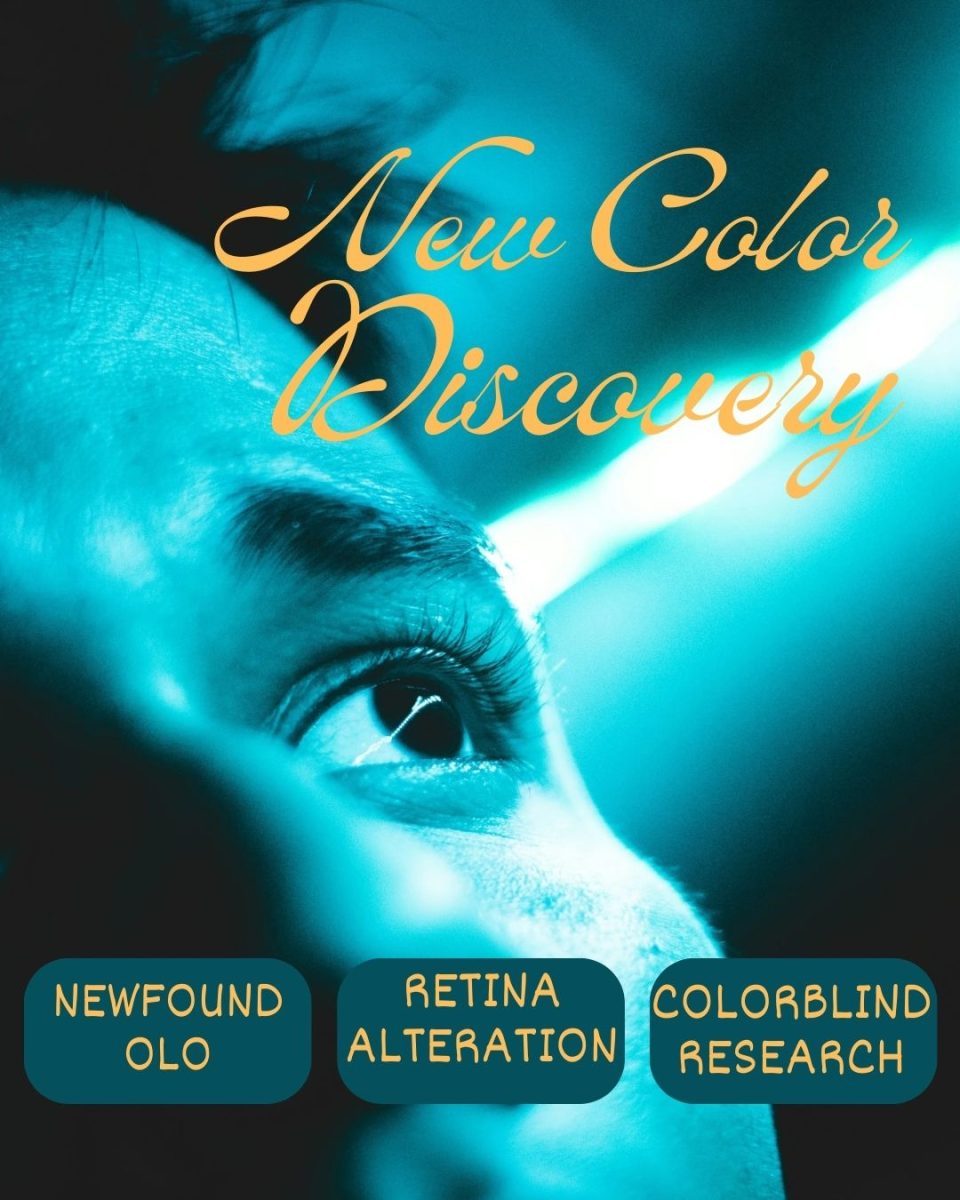The TikTok app has become the fastest growing platform with over 800 million active users, garnering more daily engagement from users than any other platform. This activity is due to the “For You Page” (FYP), the app’s primary feature. The types of video the app algorithmically recommends, the convenience and entertainment of the page are what makes the app so successful—and addictive to users.
This page is compiled by tapping into the data of users— gathering search history across multiple platforms, tracking users’ locations and listening in on users’ surroundings by having access to the microphone. For people studying TikTok’s algorithms, including Dr. Nia Williams of Bangor University, this “personalized” feed is intriguing. “Whatever you search for on TikTok, that algorithm will be kept. The more you search for things that you like, they will be aware of what you like and that’s what you will be fed. It will instantly start picking up on your search data, and the more you use it the more sophisticated it becomes.”
Six year TikTok user Ella Jones has loved the FYP feature of the app. She has found many of the people she follows through her recommendations and has seen similarities between her page and her friends. “At first the syncing of people’s FYP seemed like a coincidence, but it is scary to think about how this happens. The recommendations are like the app knows me and what I am thinking, so understanding how much information it takes from my phone explains this phenomenon,” Jones said.
In addition to the curated content for users, there is a search bar feature that includes even more recommended videos. The app takes users’ activity from their comments to recommend what it believes viewers would want to see next and be curious about. This feature seems helpful and convenient on the surface, but it also can lead to addictive behavior and users to “fall down the rabbit hole.”
PV junior, Emma Decker finds herself on social media throughout the day. She typically averages over five hours of screen time a day, with TikTok being the prominent source of time. “I often find myself, whenever I have a free moment, opening up social media. Especially at night I check my socials and I think that is when I lose track of time. I try to be aware of how much I am on my phone, but on Tiktok since the videos are so short it’s so easy to just say you’ll watch just one more video,” Decker said.
The wiring of the brain is affected by the addictive nature of the app. As users scroll through these short videos that are recommended by their previous searches, they continue to receive content that interests them, which leads to a dopamine rush. When users ‘feel good,’ this rush becomes something they crave and the scrolling continues.
With nearly 15% of users of the app being under the age of 18, the app has a target audience of young users. However, these younger audiences often don’t have the knowledge to understand the negative effects of social media and screen time. Growing up in the age of media and technology, using apps like Tiktok is common. Young users can easily fall into the addiction if they don’t have boundaries on their use.
To combat this phenomenon, Tiktok recently introduced a new restriction for users under the age of 18 to be limited to 60 minutes of activity a day. When their time is up, users are prompted to enter a code to extend their time. This act encourages reflection upon the time spent online. Aimlessly scrolling can make users lose track of time, so by giving notifications of the true amount spent, users are forced to be aware of their screen time.
Jones thinks being aware of the time spent on technology is crucial, especially to young people that are newer to social media. “It is really easy to lose track of time so having reminders of the amount of time spent on social media can be helpful. This will allow users to build boundaries and manage their time more effectively,” Jones said.
While Tiktok has been deemed as a dangerous app due to the uncertainty of where the data they compile goes to, the widespread use of the app is inevitable and the success of the app is undeniable. If not TikTok, the concept of the app has spread to other popular platforms like Instagram and YouTube, which have introduced similar features like Reels and Shorts. Teaching young users to be aware of the dangers of social media usage is crucial to their well-being in order to promote productive use of technology.









